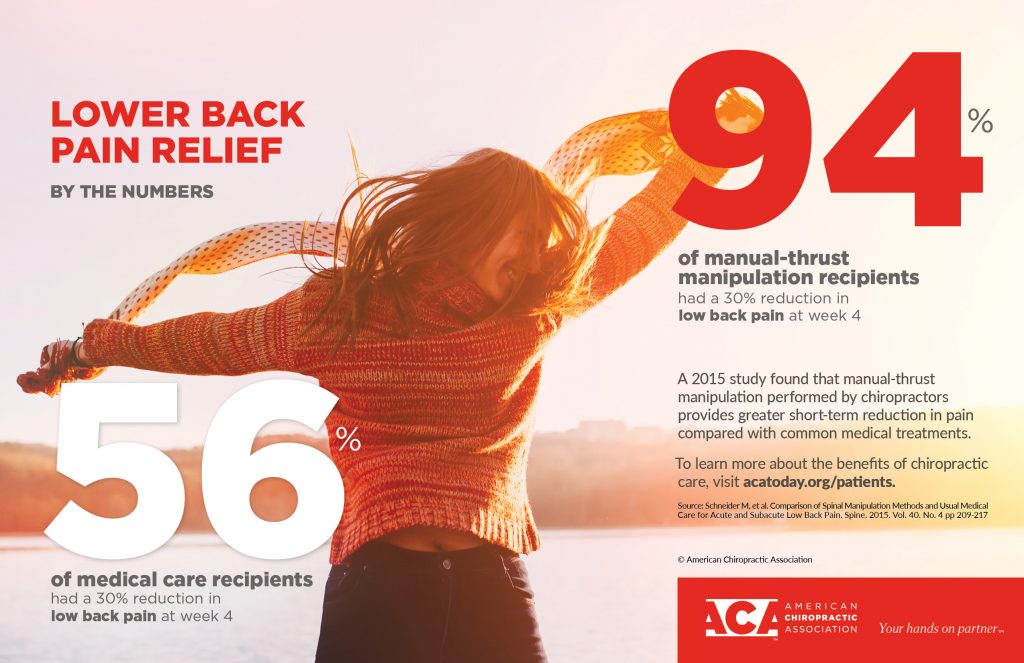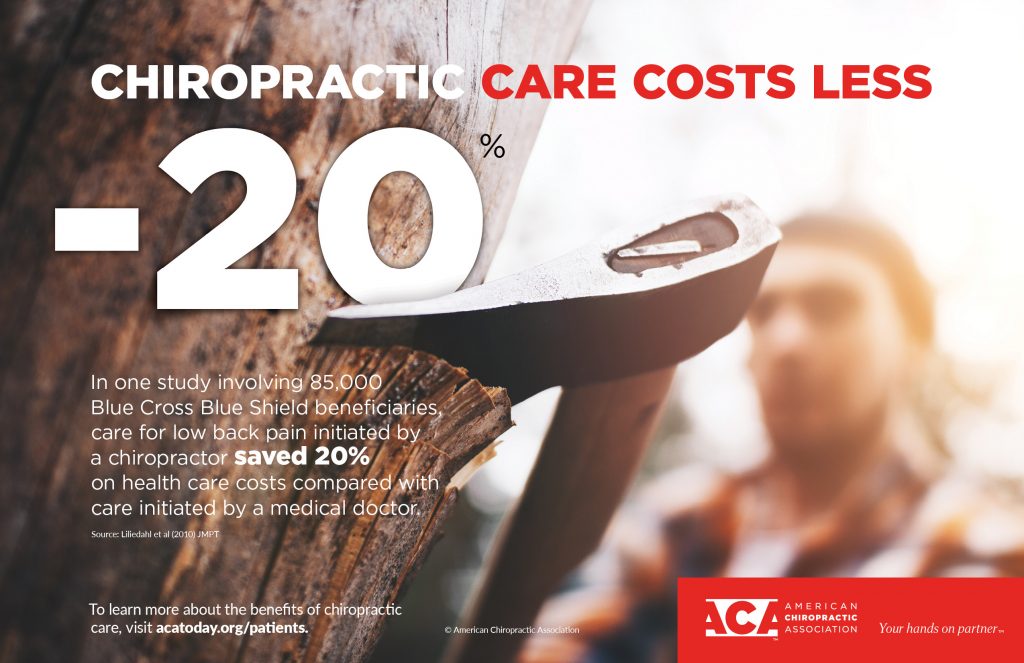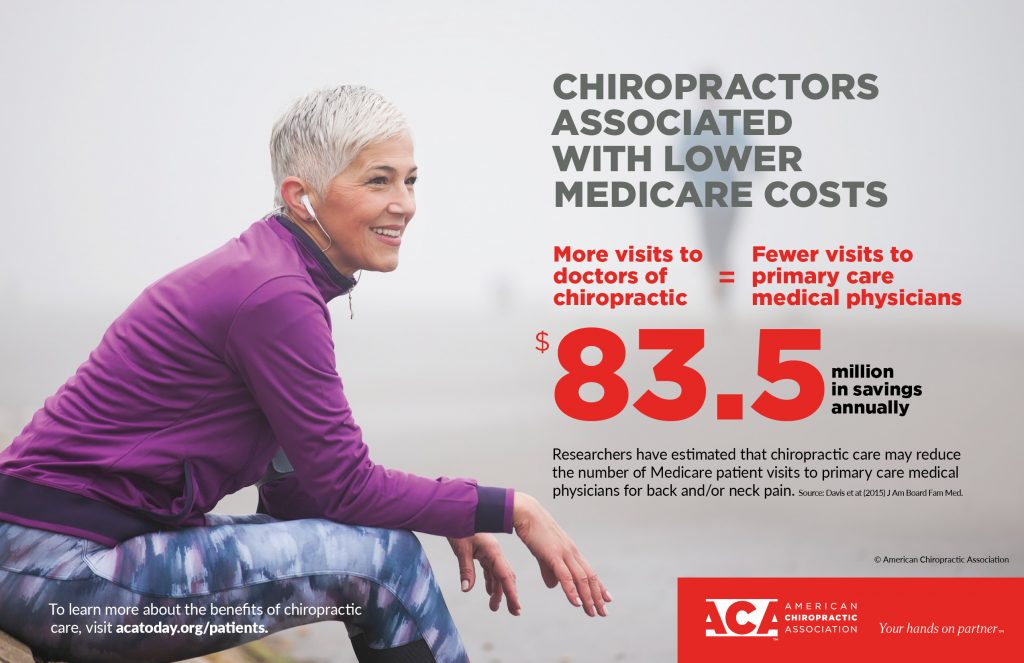Chiropractic Care is Often More Effective for Older Adults
Chiropractic care offers a safe alternative to over-medication for older adults. Contact us today to discuss your spine or joint-related pain, we might be able to find a better solution.

What is Chiropractic?
Clear Lake Chiropractor Comments: From time to time people will still ask me “What is Chiropractic?” Chiropractic is a drugless healing art that uses manipulation, or adjustment, of a joint to alleviate a neuromuscular dysfunction. Chiropractic comes from the Greek words cheiros and praktikos, meaning “done by hand”. The American Chiropractic Association says that “Chiropractic is a health care profession that focuses on disorders of the musculoskeletal system and the nervous system, and the effects of these disorders on general health. Chiropractic services are used most often to treat neuromusculoskeletal complaints, including but not limited to back pain, neck pain, pain in the joints of the arms or legs, and headaches. Chiropractic was discovered by David Daniel Palmer in 1895. Since then it has become an accepted form of conservative healthcare that is estimated to treat 30 million people a year.
Dr. Ward Beecher practices at Beecher Chiropractic Clinic at 1001 Pineloch, Ste 700 Houston, TX 77062. You can schedule an appointment at BeecherChiropractic.com or by calling (281) 286-1300. If you have any questions regarding this blog, please comment below!

Chiropractic Care Provides Greater Pain Relief Than Medical Treatments
According to a 2015 study, chiropractic care patients receiving manual-thrust manipulation experienced greater reduction in pain than those who received medical treatments.

Chiropractic Care Costs Less
Visiting your chiropractic care specialist at the first sign of back pain before you visit your medical doctor, could save you an average of 20% on health costs. Call us today to talk about your health and chiropractic care.

Happy 10th Anniversary Lydia!
Happy 10th Anniversary to our office manager Lydia. She has been a blessing for us.

Celebrating Our 27th Anniversary
We opened our doors in 1990. Today we’re celebrating our 27th anniversary. Thanks to all of our patients and friends in the Clear Lake Area. We’re looking forward to many more years to come.
Chiropractors Can Treat Pain Without The Use Of Opioids
Chiropractors can treat pain without the use of opioids. If you have pain, contact us today and we’ll discuss if chiropractic care is a good option for you.
Likelihood of Surgery with Back Injury
For people that end up with a back injury on the job or not, those that visited a chiropractor first were much less likely to need surgery.
Chiropractic Care Can Help Reduce Medicare Costs
Regularly visiting your chiropractor may reduce the overall cost of medicare. Call us today to discuss the benefits of chiropractic care.
Avoid Damaging Back When Wearing Backpack
When wearing a backpack, make sure to chose the right one and to wear it correctly to avoid hurting your back.






